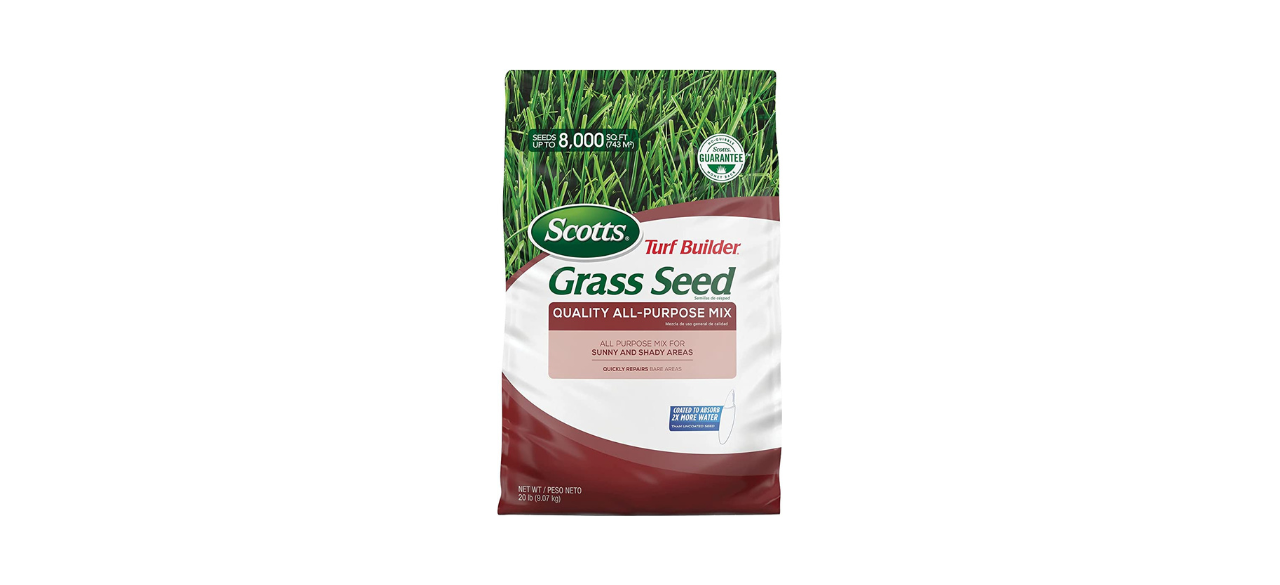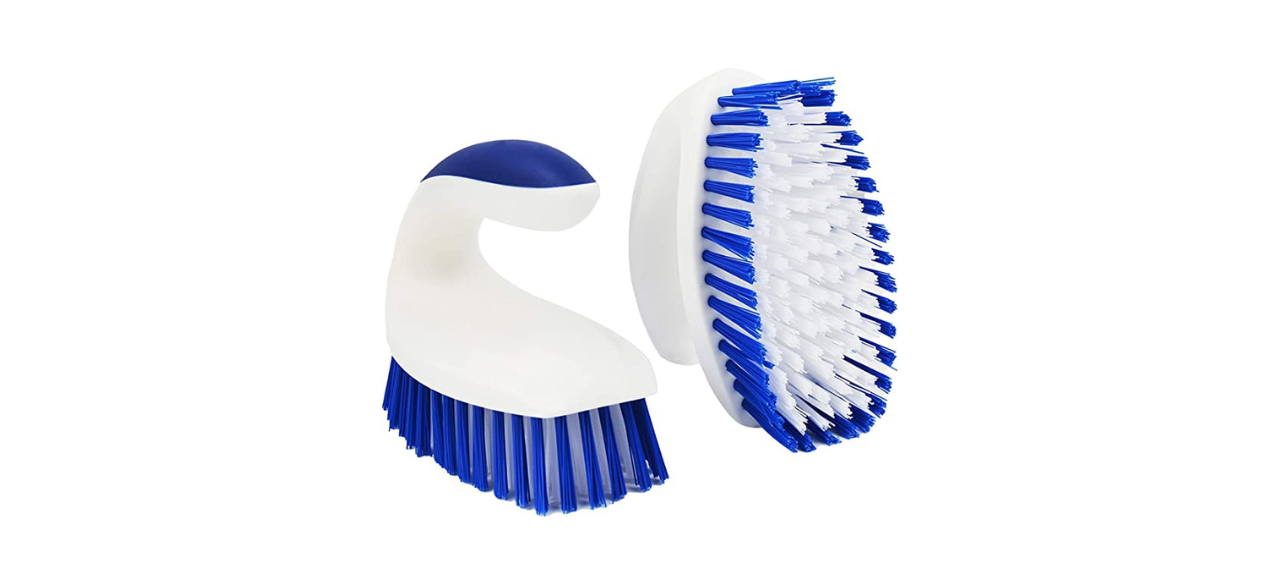Yard clean-up tips
IN THIS ARTICLE:
You can clean your yard any time of year, but the onset of spring is often a catalyst for an excellent clean as you start thinking about planting new flowers and spending more time outdoors. Since keen gardeners usually appreciate the natural world, it makes sense to tidy your yard without being destructive to wildlife.
We have a range of cleaning tips to make your yard as neat as possible while timing your tasks carefully not to disrupt the birds and insects that contribute to your garden’s balance.
Check your tools
Before you start cleaning your yard, you should check that the tools and equipment you require are in good condition. Are your garden shears sharp enough to prune effectively? Do your mower blades or belts need sharpening or replacing? Are your rake, broom and garden fork still in good condition, or is it time for an upgrade? Take stock of your tools before starting, so you don’t get frustrated when you begin a task.
Sold by Amazon
Wildlife-friendly yard cleaning
Wildlife plays more of an essential role in your yard than you might realize. Without pollinators, such as bees and other flying insects, flowers wouldn’t seed, and vegetables wouldn’t grow.
Additionally, birds and predatory wasps eat some of the pests that would otherwise cause issues with your plants. By promoting biodiversity in your garden, the natural world will help you out. Cleaning your yard in a wildlife-friendly way is part of a bigger picture of developing a biodiverse garden that’s easier to tend.
Leave the leaves
Camco Telescopic Collapsible Rake
It’s tempting to rake leaves as soon as they hit the ground in the fall. Still, plenty of pollinators and other beneficial insects overwinter in leaf litter, so raking it up destroys vital wildlife habitat.
Sold by Amazon
If you leave the leaves on the ground until spring, you’re creating a safe space for insects such as ladybugs, damselflies, lunar moths and common butterflies to survive the winter. Leaf litter can also house wood frogs, toads, shrews, box turtles, and even hibernating bats.
Some of the leaves will mulch themselves during the winter, naturally fertilizing your lawn and garden beds. You should wait to rake up what’s left until temperatures have reached around 50 degrees for seven consecutive days. By this point, most overwintering critters will have moved on.
Trim and prune at the right time
Woody plant stems provide a safe place for insects in diapause (a state close to hibernation) to spend the winter, so pruning them back too early can disturb these insects before they get a chance to emerge. If you need to trim before temperatures consistently reach 50 degrees, you can bundle the trimmed stems together and leave them tied to a fence or propped in a tree where insects can emerge at their leisure.
You should also make sure to trim trees, hedges and large shrubs before March, which is when the primary bird breeding season starts. Trimming and pruning these types of plants early prevents you from disturbing nesting birds.
Remove debris
The first step to cleaning your yard is to remove any debris that may have accumulated. This could be fallen branches, pinecones or even litter that’s blown into your yard. It might sound simple, but once you’ve picked up everything that’s built up in your yard over the winter or while you haven’t been tending to it closely, it will start to look much tidier already.
Attend to your lawn
If your lawn needs mowing, this should be one of the first tasks on your list. If you’re mowing your lawn for the first time after the winter, you’ll usually want to do so in late March or early April, depending on where you live.
Never cut off more than a third of the blade in one go — gradually decrease the blade height over several weeks until you get to your desired lawn length. Spring is an excellent time to deal with any patches while using Scotts Turf Builder Grass Seed Quality All-Purpose Mix or another grass seed of your choice.
Sold by Amazon
Tidy up flower beds
Part of cleaning your yard is getting your flower beds nice and tidy. Remove old mulch and turn over beds if needed. At this point, you can either dig up perennials and use them to fill gaps in your planting or leave them where they are and plant around them. Once you’ve got your new planting done, you can add a fresh layer of mulch.
Deal with weeds
Weeds are a gardener’s enemy. It’s best to address aggressive weeds in early spring, as they’ll only get more virulent as the days get longer. It’s relatively easy to pull weeds from beds, but it can be more of an issue if your lawn is prone to growing weeds.
You can reduce weeds by avoiding mowing your lawn too short, skipping fertilizer in the spring, and making sure not to overwater or underwater. However, you might also want to reassess your attitude toward weeds.
Some “weeds” are simply native flowers. Dandelions, for instance, are bright and could be considered pretty if they weren’t thought of as a weed. Plus, dandelions provide some of the first food of the year for bees and other pollinators.
Clean decking and patios
If you have a patio or wooden deck in your garden, getting it clean is an integral part of cleaning your yard. A pressure washer can work miracles for stubborn dirt on patios and decking. Alternatively, you can scrub your decking or patio using a deck brush.
Sold by Amazon
Give outdoor furniture a scrub
You’ll want to clean up any outdoor furniture, too, especially if it’s been left outside all winter. All you need to clean most outdoor furniture is a cleaning cloth and some hot soapy water, although you might find a scrub brush useful for any stubborn stains.
Sold by Amazon
Want to shop the best products at the best prices? Check out Daily Deals from BestReviews.
Sign up here to receive the BestReviews weekly newsletter for useful advice on new products and noteworthy deals.
Lauren Corona writes for BestReviews. BestReviews has helped millions of consumers simplify their purchasing decisions, saving them time and money.
BestReviews spends thousands of hours researching, analyzing and testing products to recommend the best picks for most consumers.
Copyright 2023 BestReviews, a Nexstar company. All rights reserved.

















